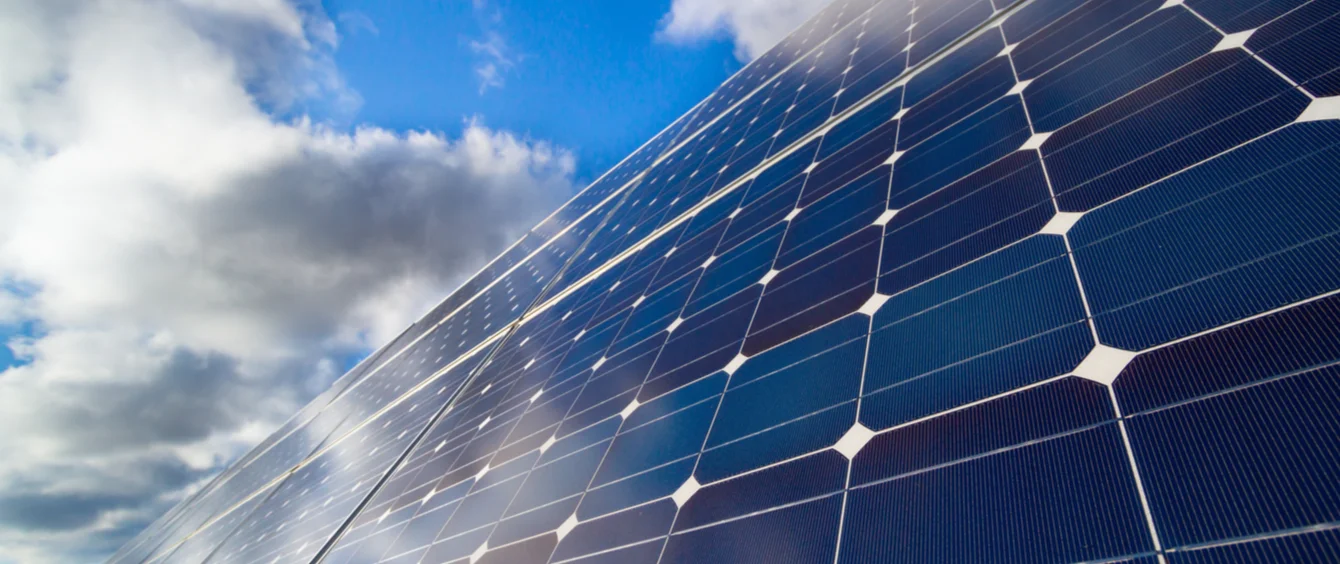Sunshine, blue skies, just a few cumulous clouds: a fabulous summer day. Conditions for solar power producers are perfect as their PV arrays are pumping electricity into the system – except for those few moments when a cloud drifts between the sun and the solar modules.
The momentary drop in generation isn’t the end of the world, as such sunny days still enable the highest output figures in any given year. However, the more solar farms, the greater the fluctuations in feed-ins resulting from this weather – and the challenges faced by grid operators to cope with these situations. Enter the 2.6 million euro funding of the interdisciplinary research project NetPVStore by the German Ministry for Economic Affairs and Energy (BMWi). The objective is to develop a system under the lead of the Bavarian Centre of Applied Energy Research (ZAE Bayern) in Würzburg that buffers these fluctuations.
Fluctuations in generation weigh on infrastructure
Physicist Stephan Braxmeier, deputy project director at ZAE Bayern, illustrates the gravity of the problem: “The worst case is a sudden, 80 percent, drop in output from a PV module due to a single cloud.”
Such sudden changes in output weigh on major infrastructure components, subjecting battery storage and power electronics to increased wear. In PV systems, these are primarily current inventers that convert the direct current produced by the solar modules to alternate current, which is compatible with the grid.
And such fluctuations occurring in clusters when cloud cover casts a shadow over thousands of PV modules in a single area have the potential to curtail grid stability. So far, events of this type have hardly tipped the scales at the grid level because the share of total generation accounted for by solar power is not very big. However, in view of established expansion targets, such problems are conceivable and can result in outages in extreme scenarios.
Supercapacitors to the rescue
“There are indeed studies that predict such events,” declares Braxmeier, who immediately puts his statement in context by adding, “But this really is a theoretical worst case scenario.” The physicist says that the main goal of the research project is to optimise interplay between various energy storage systems.
The backdrop to this is that battery storage systems are not particularly well suited to compensate for such sudden changes in voltage – not just because this shortens their service life, but also because they’re too slow. This is because they store the electric energy as chemical energy – a conversion that takes time to complete.
The only energy storage systems actually capable of storing electricity without converting it in some way are capacitors. “The supercapacitors we use have a very high power density,” explains Braxmeier, who adds, “They can store and release electric energy at least ten times faster than batteries that are currently available.” And this is precisely what needs to be done in order to offset fluctuations in production by solar farms caused by clouds.
Capacitors may be more expansive than batteries – at least right now – but Braxmeier believes that investing in them could definitely prove worthwhile over their lifecycle. He says that capacitors can be used for ten to 15 years and are capable of surviving a virtually infinite number of charge and discharge cycles. Moreover, they can make PV arrays more efficient by reducing feed-in losses caused by fluctuation.
First results by the end of 2023
So the basic principle has been established. “But,” Braxmeier cautions, “we need to do a lot of homework before we can present a system that is ready for the market: We have to figure out the optimal rating for a capacitor to provide a specific PV output so that the system increases network compatibility both sensibly and profitably.”
In addition, Braxmeier explains that to deliver an optimal product, the scientists also have to consider such banal matters as the shape and material of the housing, whether to locate the system upstream or downstream of the inverter, integrate the capacitors into the PV modules ex-factory or offer aftermarket capacitor systems as well.
Partners in NetPVStore alongside ZAE Bayern are the Institute of Power Electronic Systems ELSYS at the Nuremberg Institute of Technology and various sector companies including Sunset Energietechnik, DHG Engineering, Skeleton Technologies and ÜZ Mainfranken.
Plans envisage the laboratory phase being completed by the end of 2023, after which the systems should go online in a demonstration facility where they will be tested and evaluated under real-life conditions.
Photo credit: © foxbat, shutterstock.com
